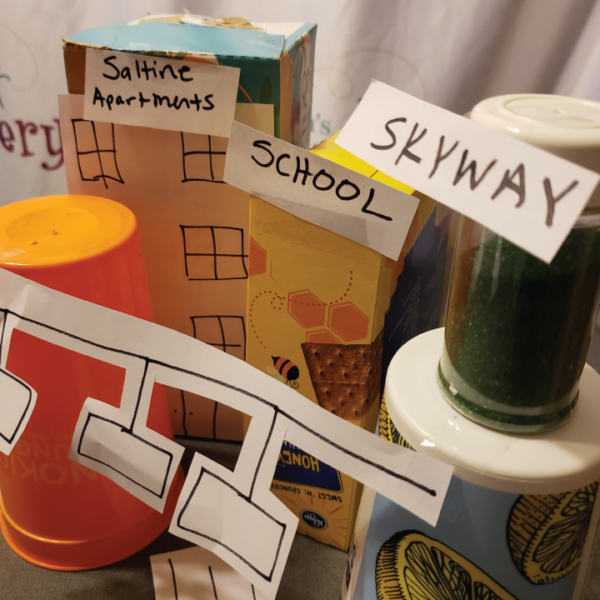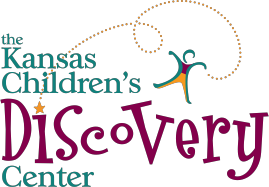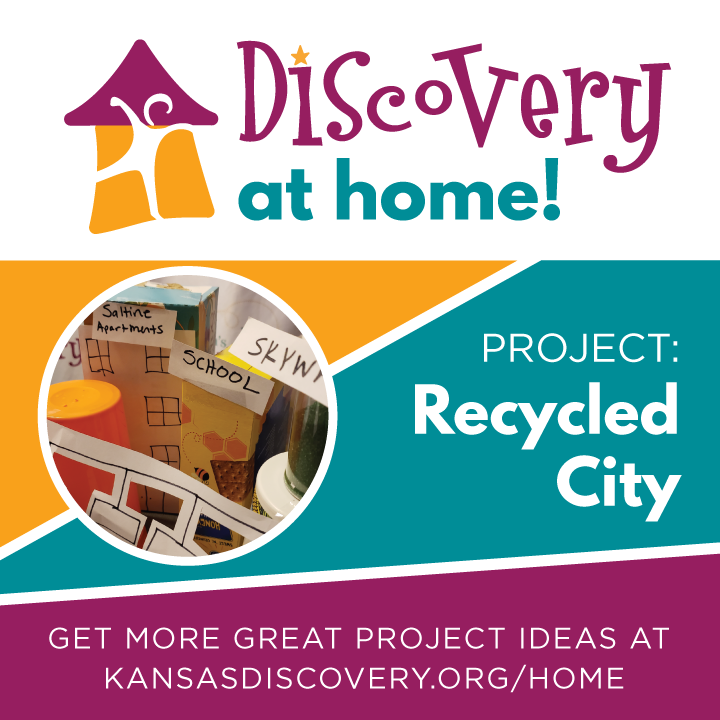Materials Needed:
- Tape
- Scissors
- Glue
- Markers
- Empty boxes, bottles, cans, and other recycled materials
Directions:
- Create a list of what businesses, resources, and services make up a city. Create buildings and structures for each of those things. Your list might include homes, parks, schools, hospitals, fire stations, police stations, movie theaters, restaurants, and more.
- Create modes of transportation and ways to get from one place to another
How to Expand it:
- Design a futuristic structure: floating buildings, public transportation, or an energy source like solar panels or wind turbines.
- Create two different cities, then figure out how to connect the two using an innovative transportation method.
- Take a walk outside and look at how your neighborhood is built. Ask about why streets are the width they are, the reason for curb cuts in sidewalks and the need for street signs. Get kids thinking about the purpose of infrastructure.

What do kids learn?
- Basic engineering skills. Engineers solve problems with constraints, in this case, limited materials and space. They learn to solve problems by using the engineering design process: asking questions, coming up with solutions, building, testing and improving.
- Spatial or visual thinking. Being able to imagine the positions of objects and how they interact is an important skill for learning math. Ask how big the road needs to be for cars, or how many families can live in the apartment building.
- Symbolic thinking, or the ability to think about one thing representing something else. When small children begin to connect a house on paper to the house they live in, they start building the connections in the brain that allow for reading and learning later.
- Science Vocabulary
- Infrastructure: the basic physical and organization of structures, facilities, and resources needed for a community.

